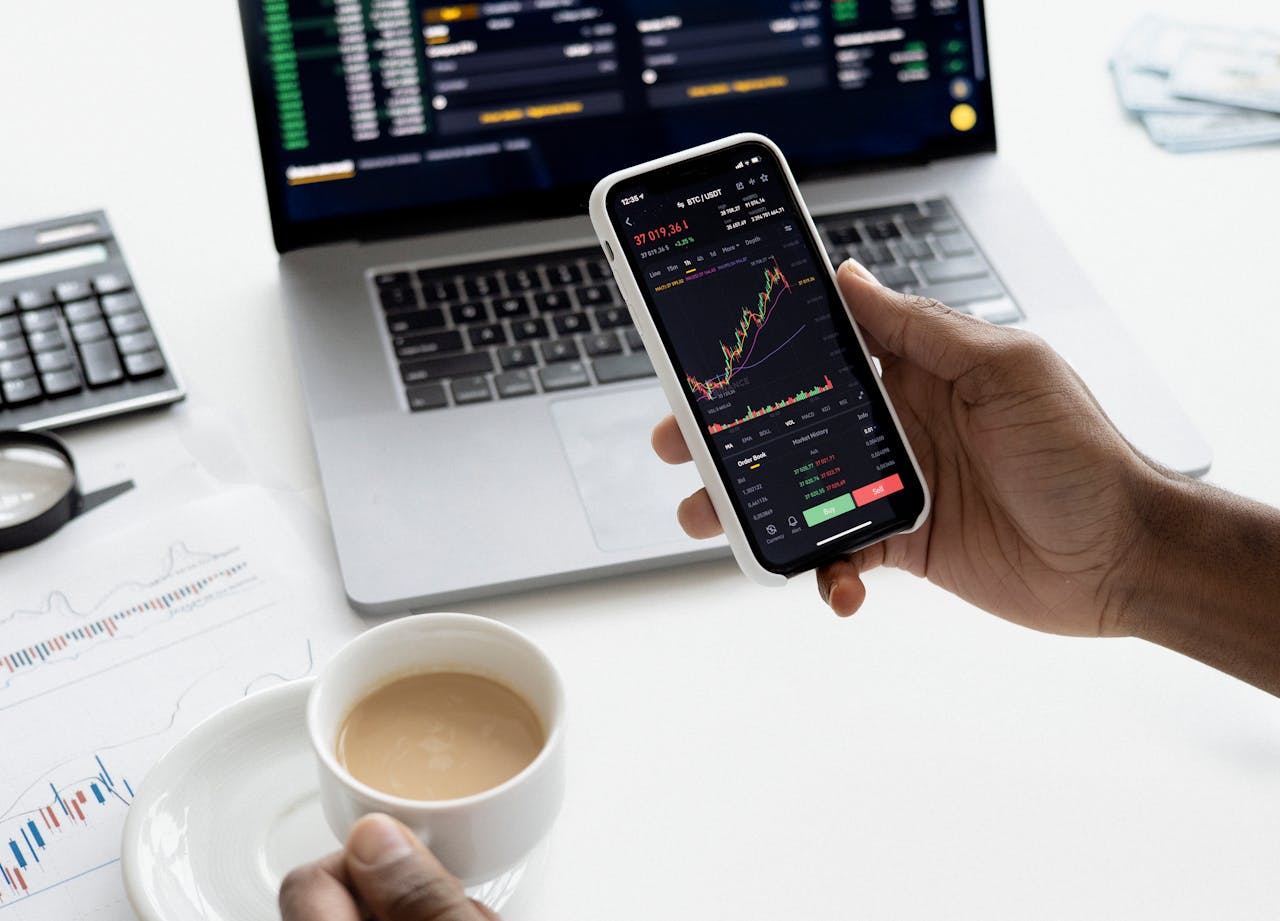

The rapid growth of the Indonesian skincare market presents significant opportunities for the beauty industry. Projections indicate a steady growth trajectory of 4.6% over the next five years, reflecting sustained consumer demand and market expansion. In this article, we will explore the various opportunities that the Indonesian skincare market presents for brands seeking to establish a strong foothold and thrive in this dynamic landscape.
The Indonesian skincare market is diverse, with consumers seeking products that address various skin concerns such as acne, aging, dryness, and hyperpigmentation. This diversity creates opportunities for brands to develop specialized solutions tailored to specific skin types and conditions. By conducting thorough market research and understanding the unique skincare needs of Indonesian consumers, brands can identify niche segments and introduce targeted products that resonate with their target audience.
Indonesia's economy has been experiencing steady growth, leading to an increase in disposable income among consumers. As a result, more people have the purchasing power to invest in skincare products as part of their beauty and self-care routines. Brands can capitalize on this trend by offering various products at different price points to cater to consumers across various income levels. Additionally, premium and luxury skincare brands can target affluent consumers willing to splurge on high-end products for superior quality and efficacy.
Social media platforms significantly shape beauty trends and influence consumer purchasing decisions in Indonesia. With a large portion of the population actively engaged on platforms like Instagram, TikTok, and YouTube, brands can leverage influencer marketing and social media advertising to reach their target audience effectively. By collaborating with popular influencers and creating engaging content that showcases their products' benefits, brands can generate buzz, build brand awareness, and drive sales among Indonesian consumers.
There is a growing awareness of health and wellness among Indonesian consumers, leading to an increased emphasis on skincare as part of a holistic approach to overall well-being. Brands can capitalize on this trend by positioning their skincare products as cosmetic solutions and essential elements of a healthy lifestyle. By highlighting the natural and organic ingredients, skincare brands can appeal to health-conscious consumers who prioritize products free from harmful chemicals and additives.
While urban areas like Jakarta and Surabaya are key hubs for skincare consumption, there is also growing demand for skincare products in suburban and rural regions of Indonesia. Brands can explore opportunities for expansion into these untapped markets by establishing distribution networks, partnering with local retailers, and implementing targeted marketing campaigns. By extending their reach beyond major cities, brands can tap into new customer segments and drive growth in previously underserved regions.
By understanding the diverse needs of Indonesian consumers, leveraging digital marketing channels, embracing health and wellness trends, and exploring regional expansion opportunities, skincare brands can position themselves for long-term success in this dynamic and evolving market landscape.
Source: https://ycpsolidiance.com/white-paper/indonesia-skincare-industry-success

Revolutionizing Finance: An Overview of Digital Lending in Southeast Asia
Digital lending is poised to become the primary revenue driver for digital financial services in Southeast Asia (SEA) by 2025, outpacing digital payments. This growth is fueled by a 33% annual increase in digital lending, supported by technological innovations such as automated loan origination processes and seamless integration of financial services into digital experiences. These advancements have made it easier for consumers to access financing for various needs, including online shopping, travel bookings, and ride-hailing services.

IoT Integration in the SEA Automotive Lubricants Market
The Southeast Asia (SEA) automotive lubricants market is rapidly evolving with the integration of Internet of Things (IoT) technology. This transformation offers significant benefits, creates new opportunities in smart technology, and introduces innovative IoT solutions that can revolutionize the industry.

Embracing Robotization: Challenges and Opportunities in Industry 4.0
Robotization presents challenges and opportunities for businesses and the workforce, requiring companies to embrace this transformation.

Understanding Market Segmentation in the Indonesian Skincare Industry
Market segmentation in the Indonesian skincare industry encompasses various factors, including age, gender, income level, location, and purchasing behavior. Analyzing these segments allows brands to customize their products and marketing approaches to cater to the diverse preferences of different consumer groups.